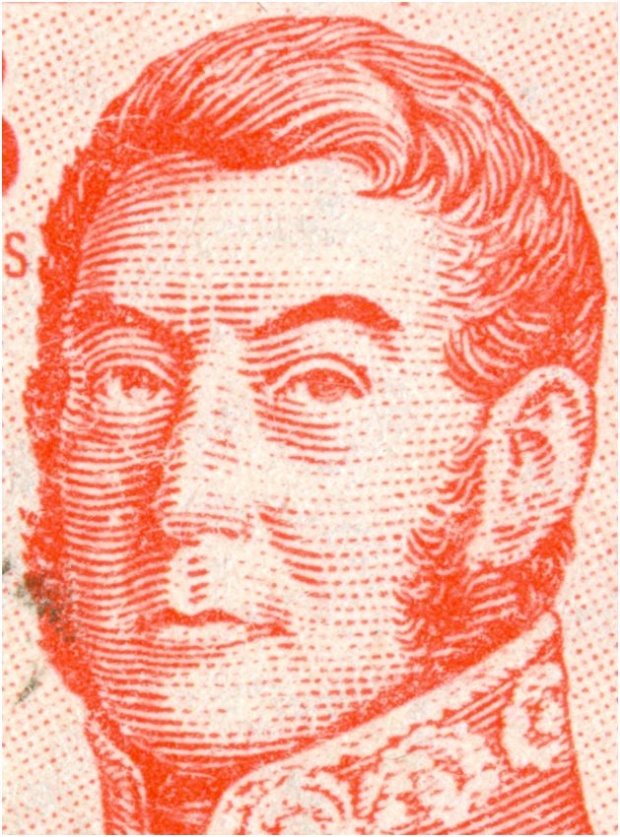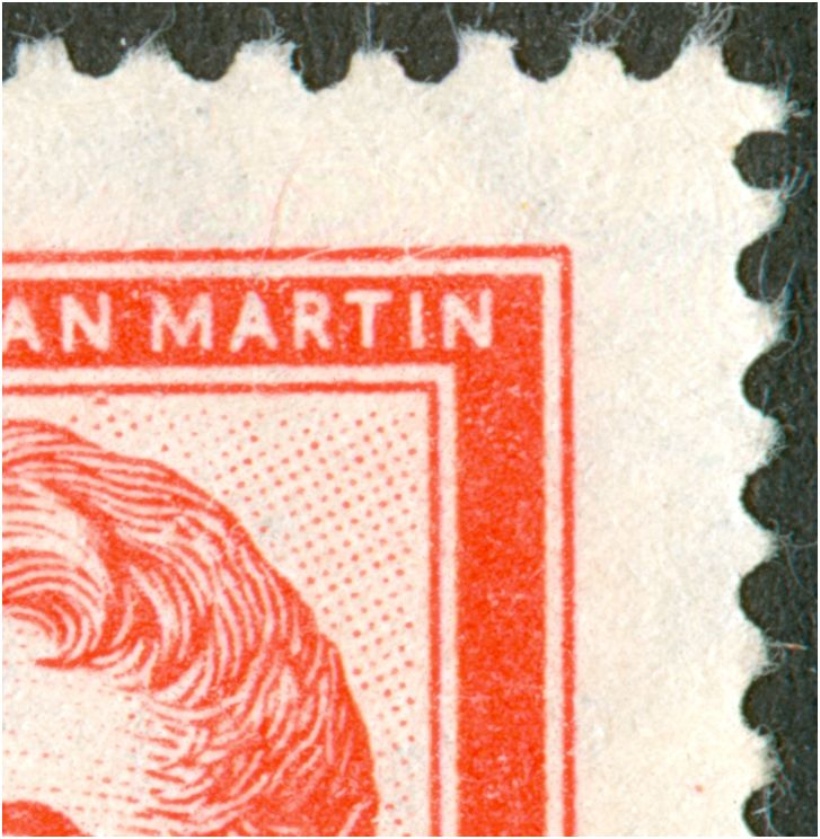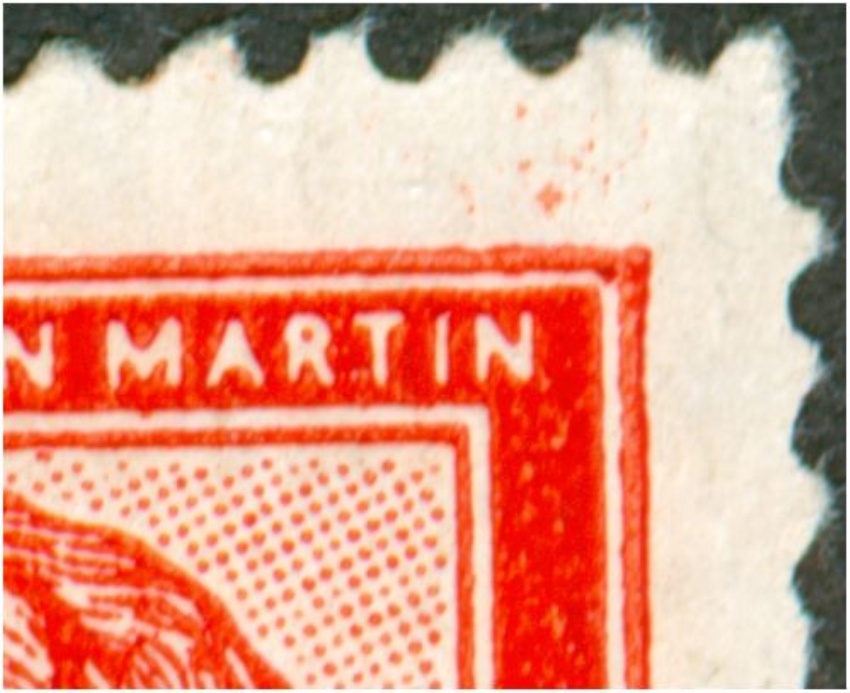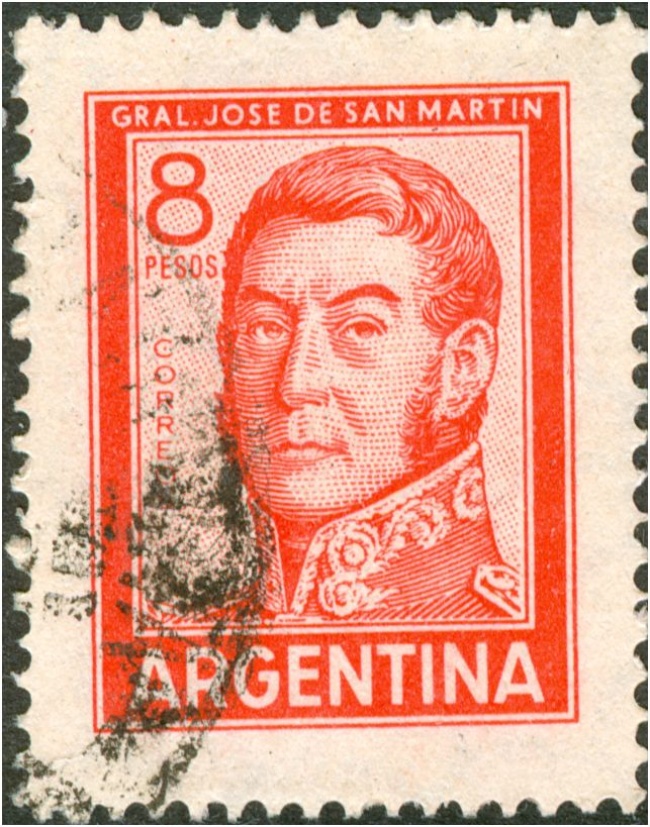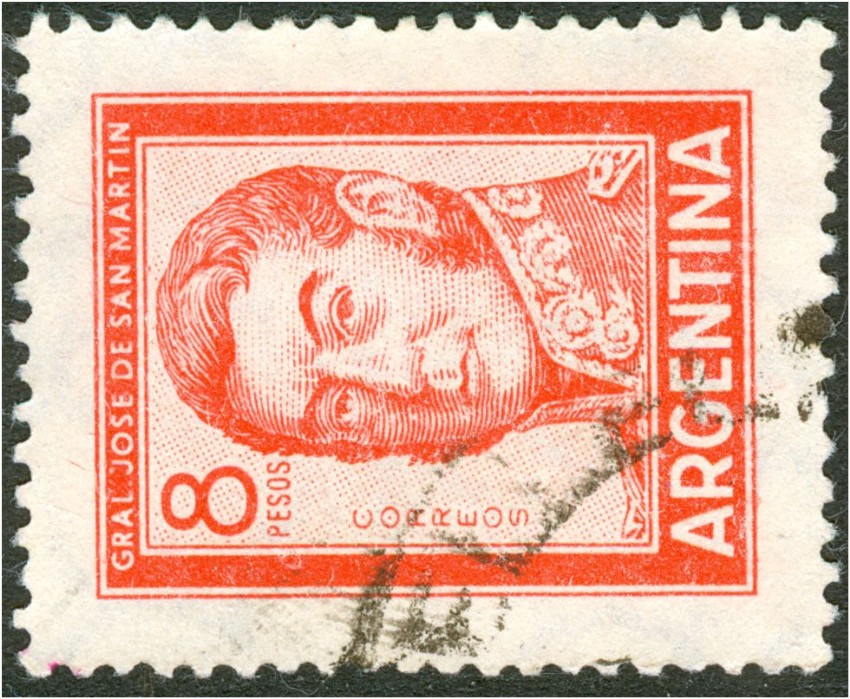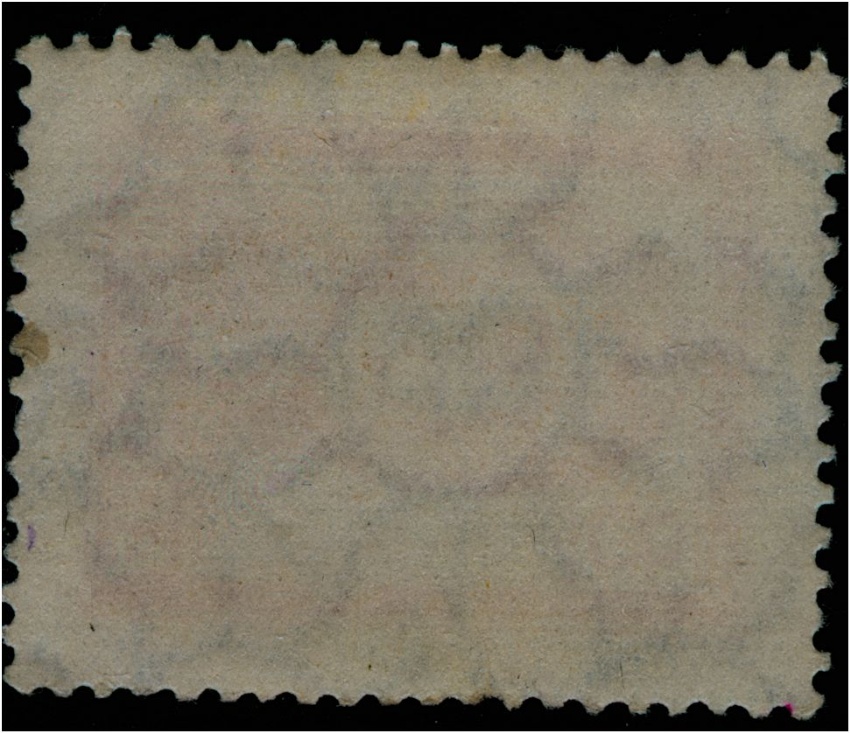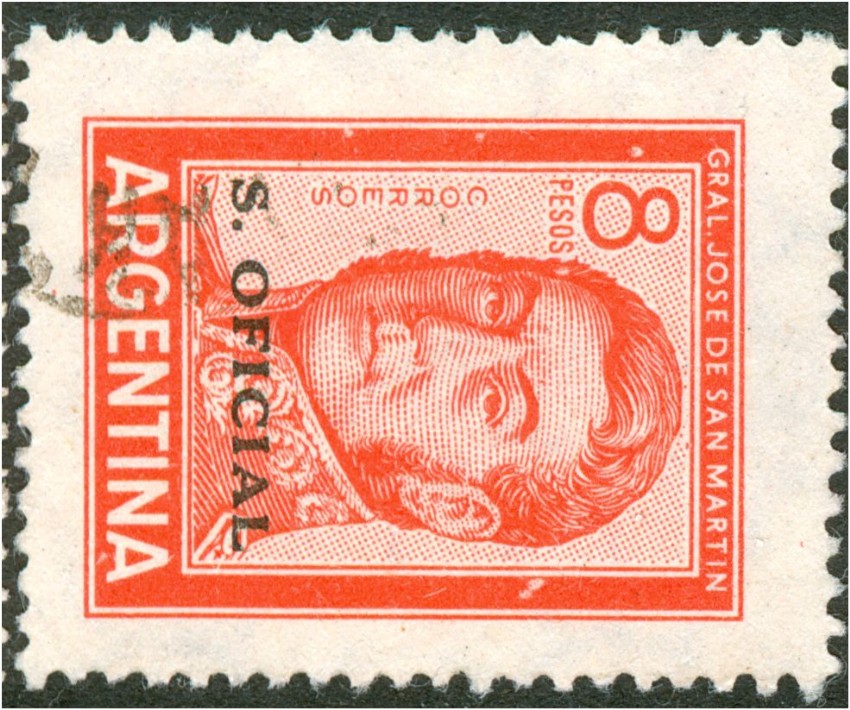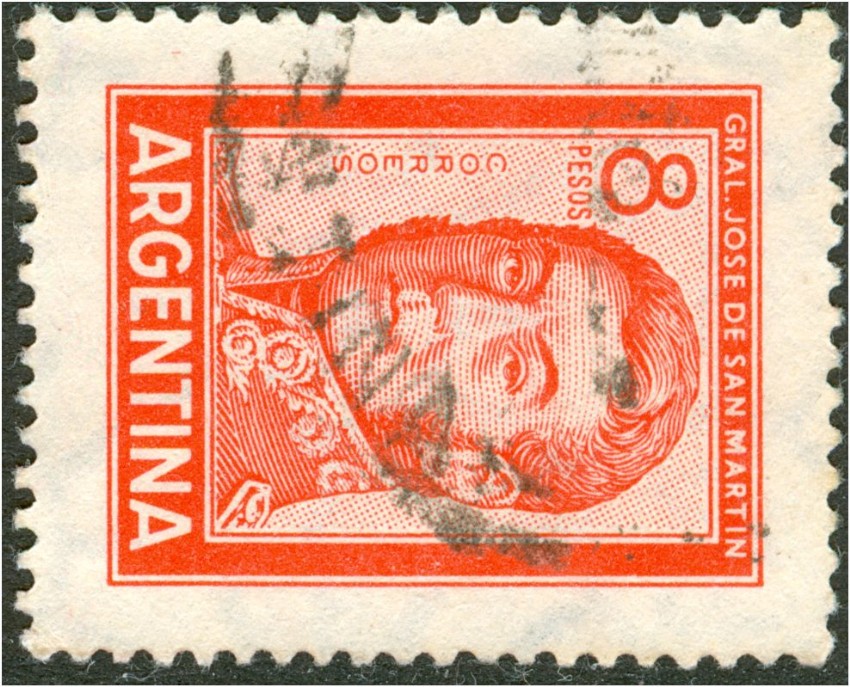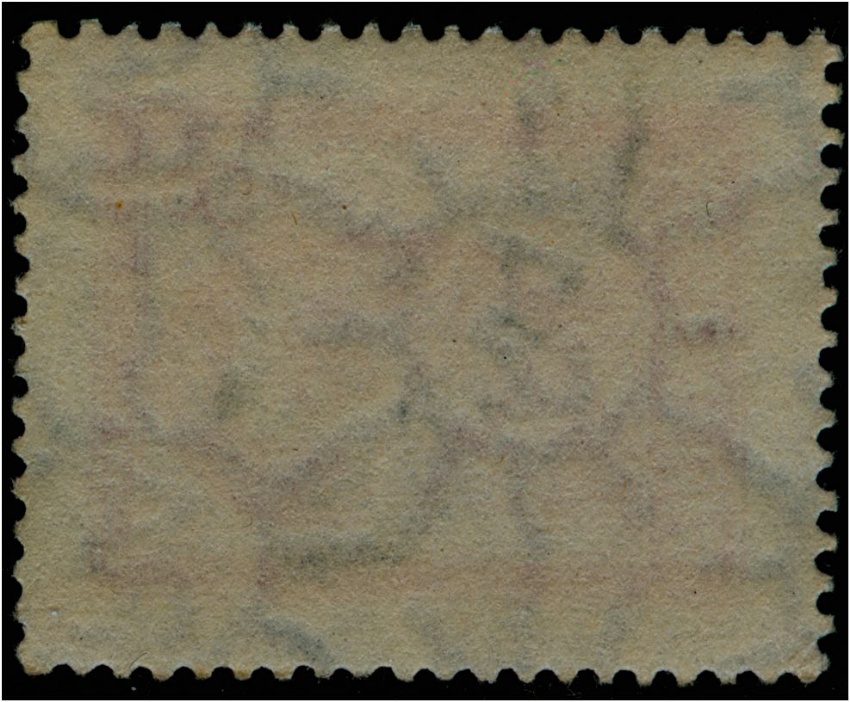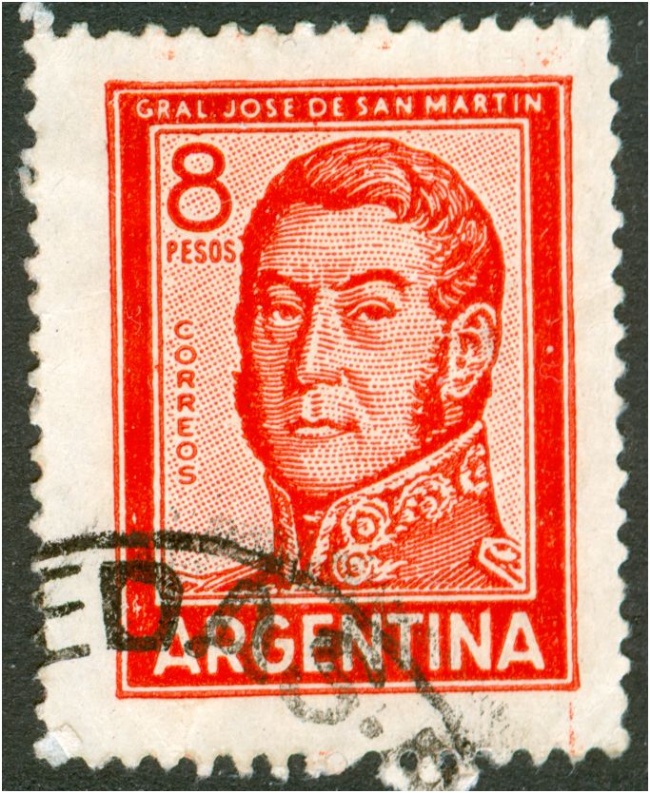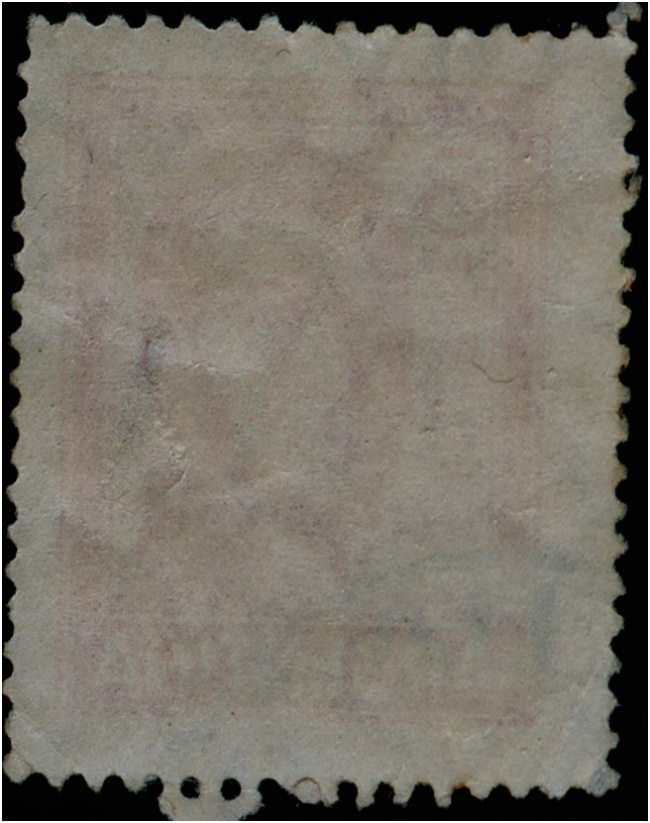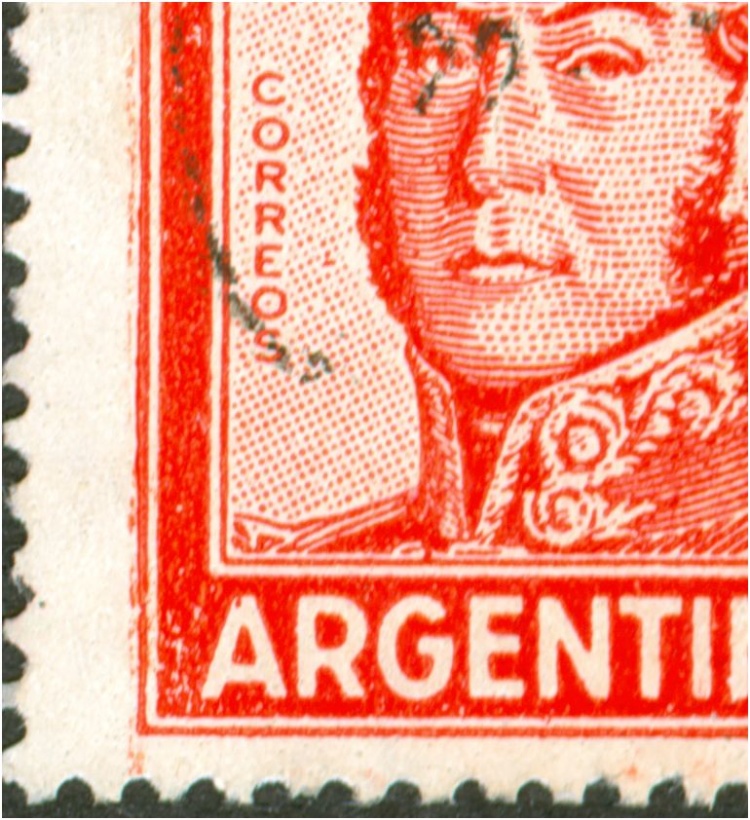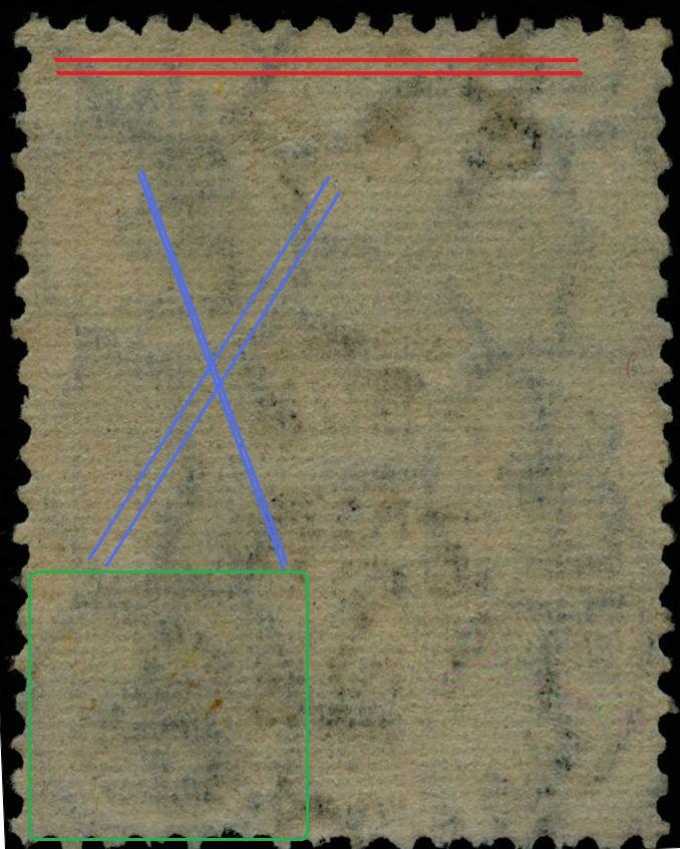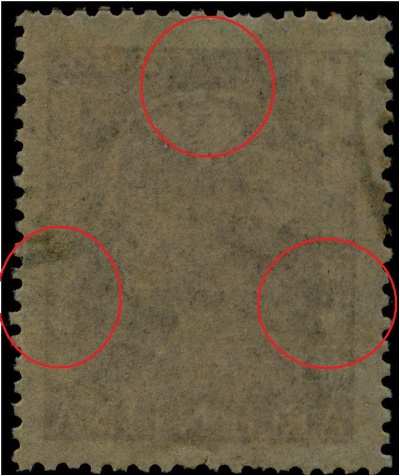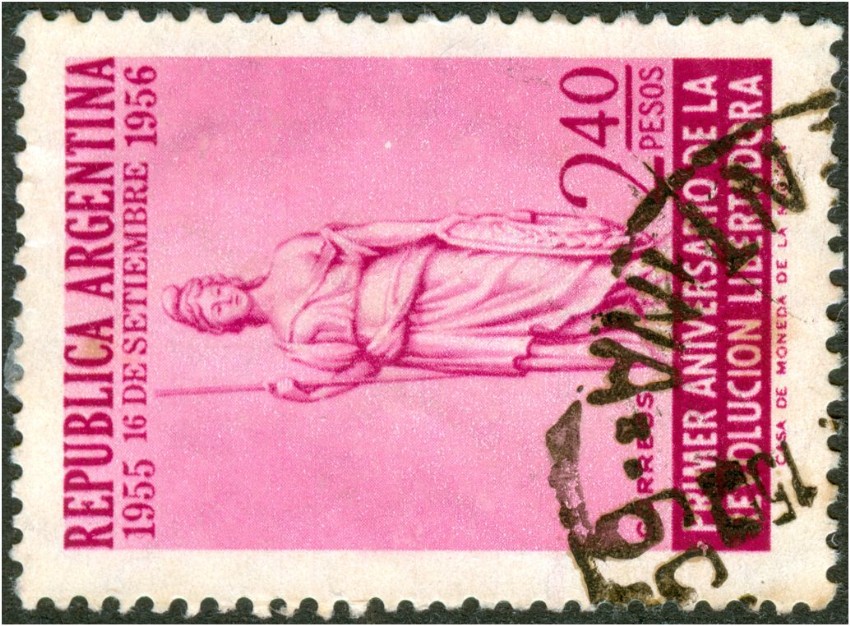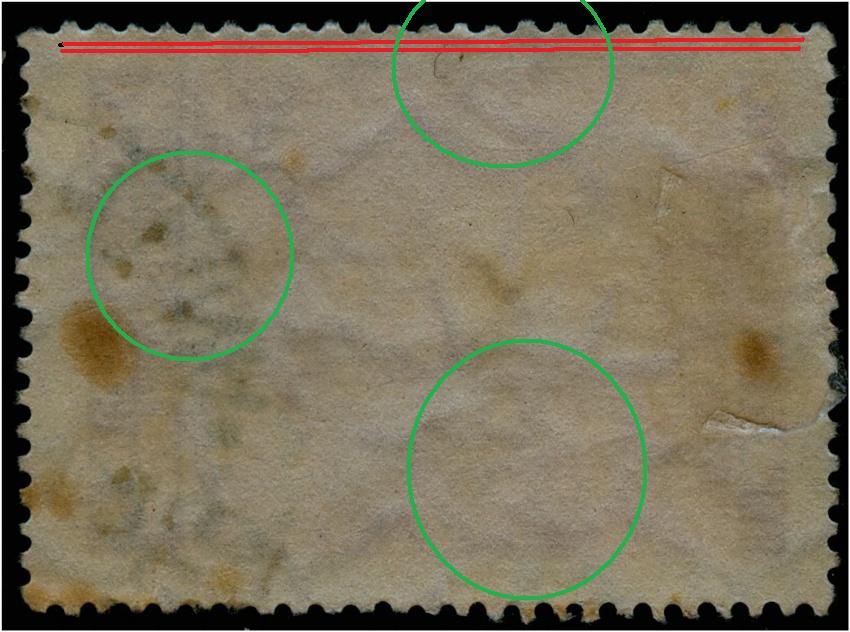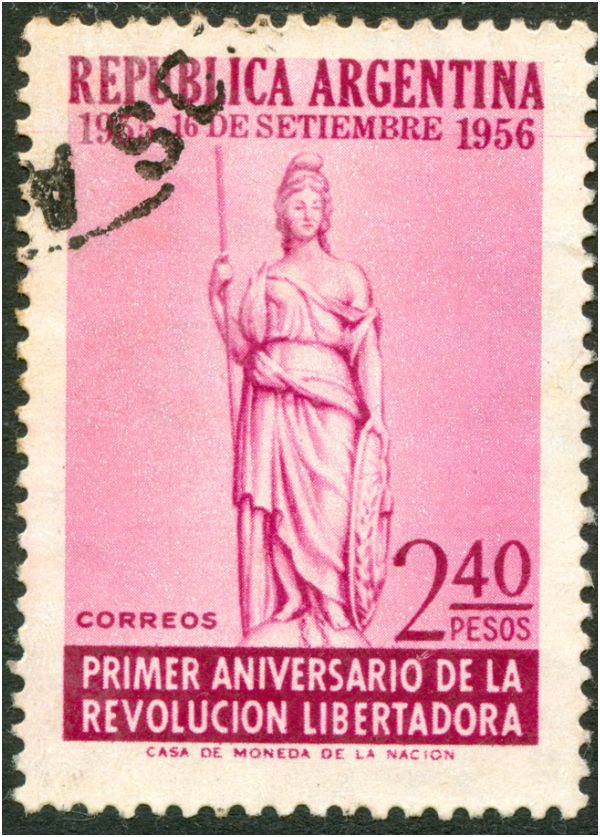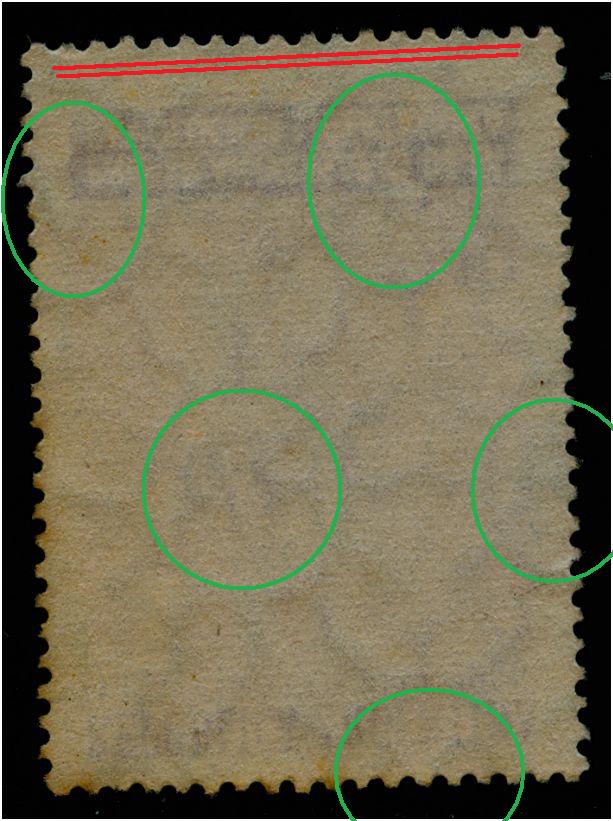Antes que revolees todo, te paso mis San Martines "8 pesos" para que te fijes cómo es el tema.
Seguro que habrá colegas que hallan detectado muchas más variedades, pero te paso los básicos para que puedas salir del paso ahora.
San Martin 8p.jpg
Lo primero que tenés que darte cuenta es cuál es tipografiado y cuál es offset. El tipografiado tiene en las esquinas del marco unos escapes de tinta hacia afuera, y en el papel se nota la presión del clisé, sobre todo desde atrás el contorno del marco (se llama
foulage).
En éstos es más fácil todavía, porque es el único fluorescente, todos los demás son neutros.
Una vez que tenés este tipografiado, ya sabés que ese papel es el MATE IMPORTADO. Es tan blanco que podrías pensar que es tizado, pero NO, es MATE.
Este es el Pt 706. La goma es blanca, mate, con una especie de rayadito horizontal, como si tuviera estrías o quebraduras. Existe una variedad bastante escasa en papel acartonado bien grueso, que es neutro.
Pasemos a los offset. La impresión parece más plana, mejor detallada, las esquinas son perfectas y no hay el menor signo de presión en el papel.
El Pt 705 va en papel MATE NACIONAL y podés ver lo amarillento que parece al lado del otro. IMPORTANTE: La filigrana es HORIZONTAL. La goma es brillante, ambarina, lisa, y es bastante propensa al óxido. El sello se curva según un eje vertical.
El Pt 705a está impreso sobre papel MATE IMPORTADO, blanco como el tipografiado, y la filigrana, más visible, es VERTICAL. La goma es blanca, con cierta aspereza por presentar un rayadito muy fino, como craquelé, en sentido diagonal. El sello se curva según su eje horizontal.
Respecto a la serie Eva Perón del 1952, con el color del papel y de la goma tenés ya una gran diferencia; por otra parte la filigrana es mucho más visible en el IMPORTADO, y siempre tenés los valores "grandes" de la serie y el 45c azul, que sólo existen en importado, para referencia.
Evita_25c_papel_import&nacional.jpg
[/color]
